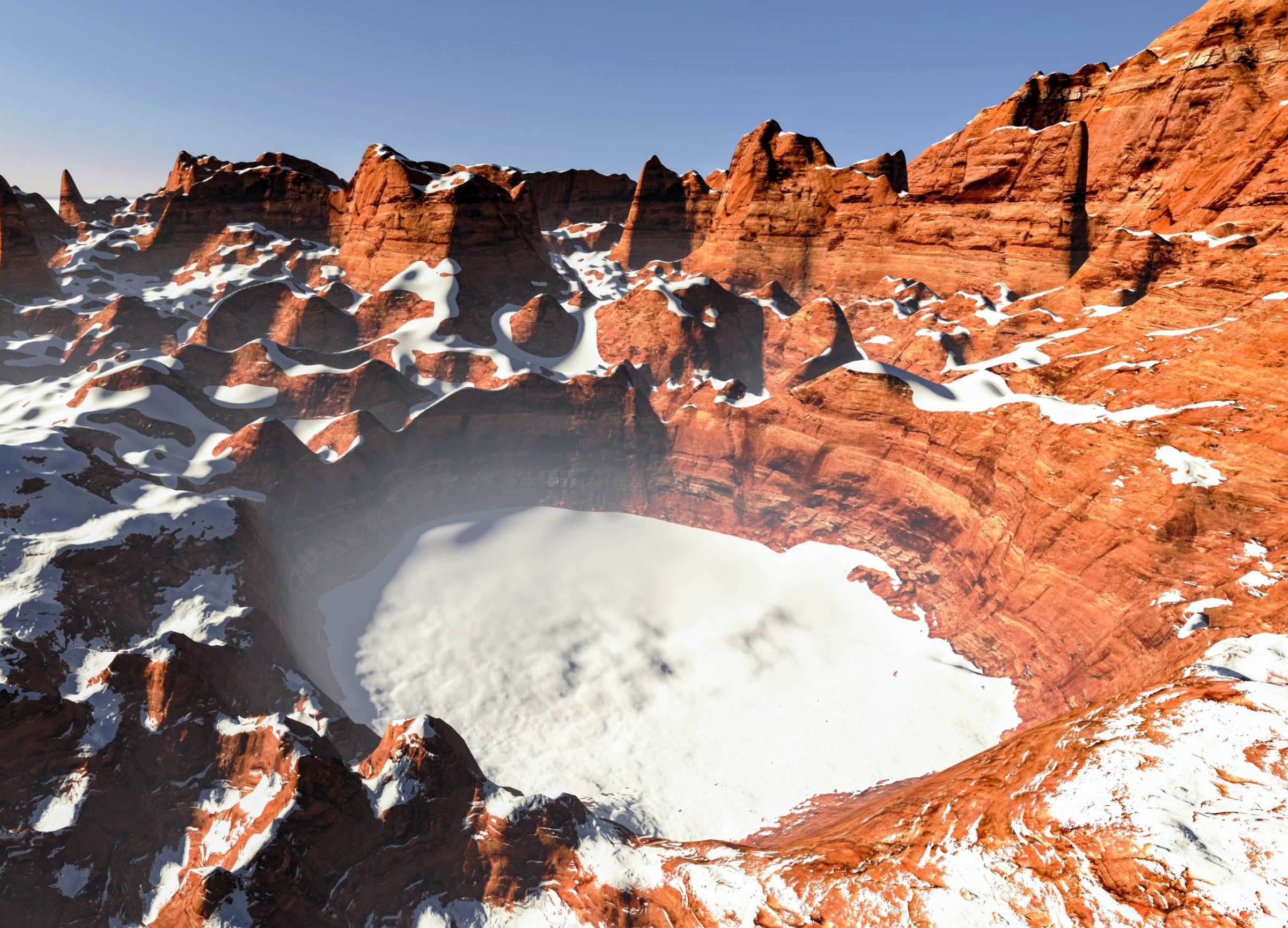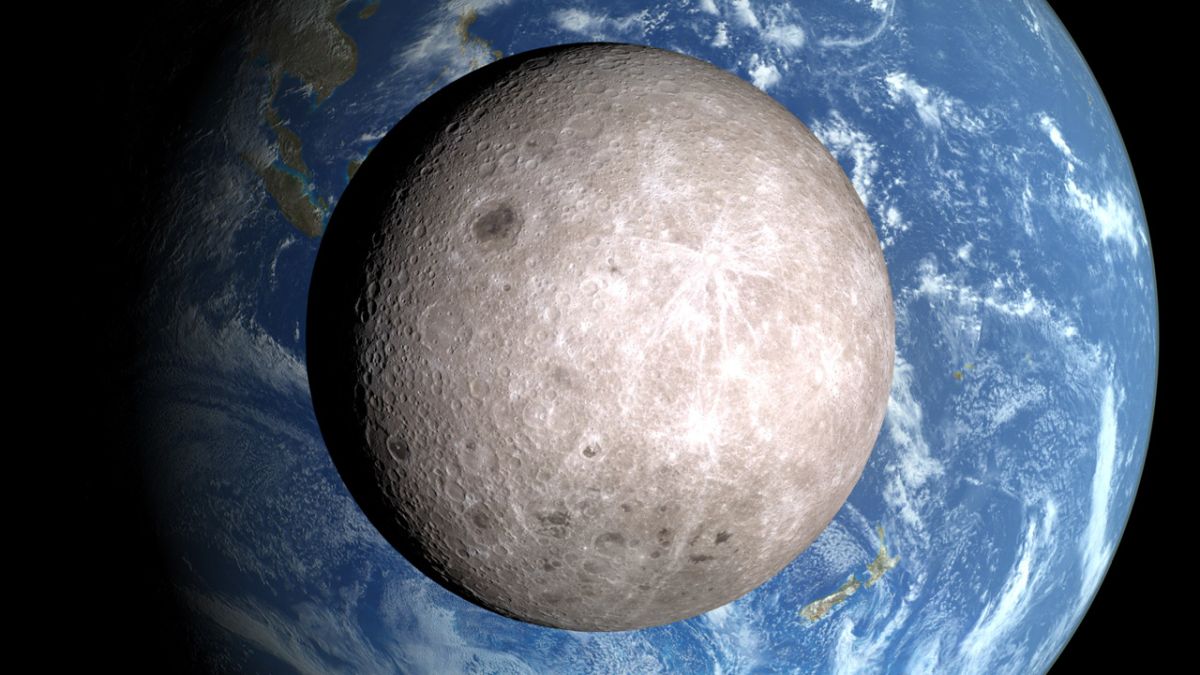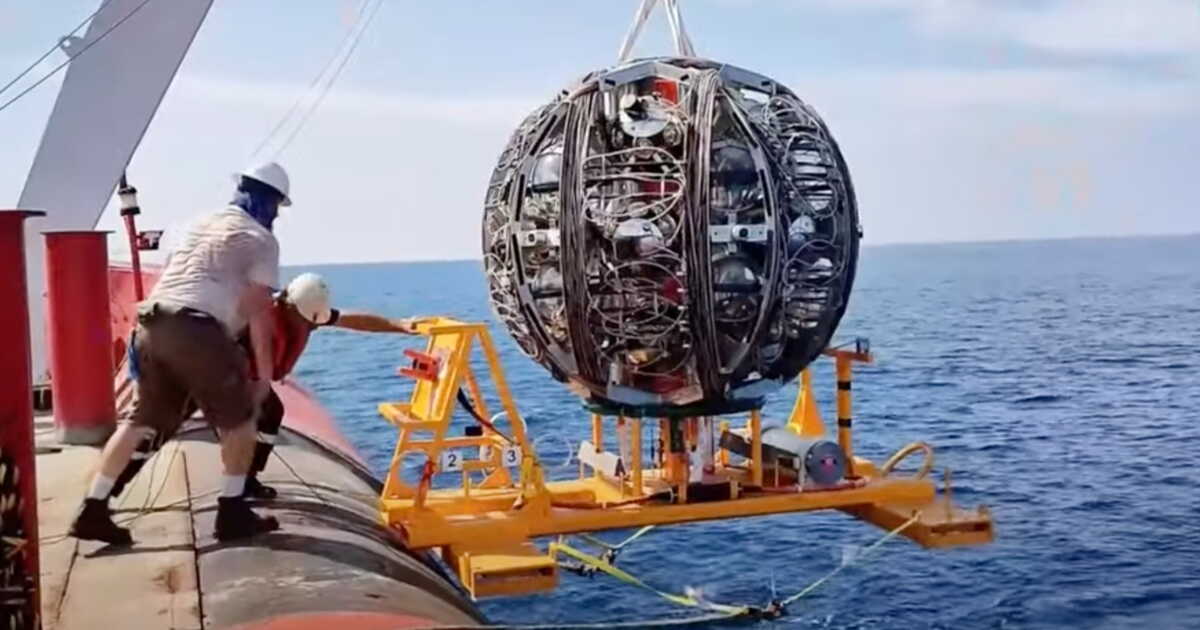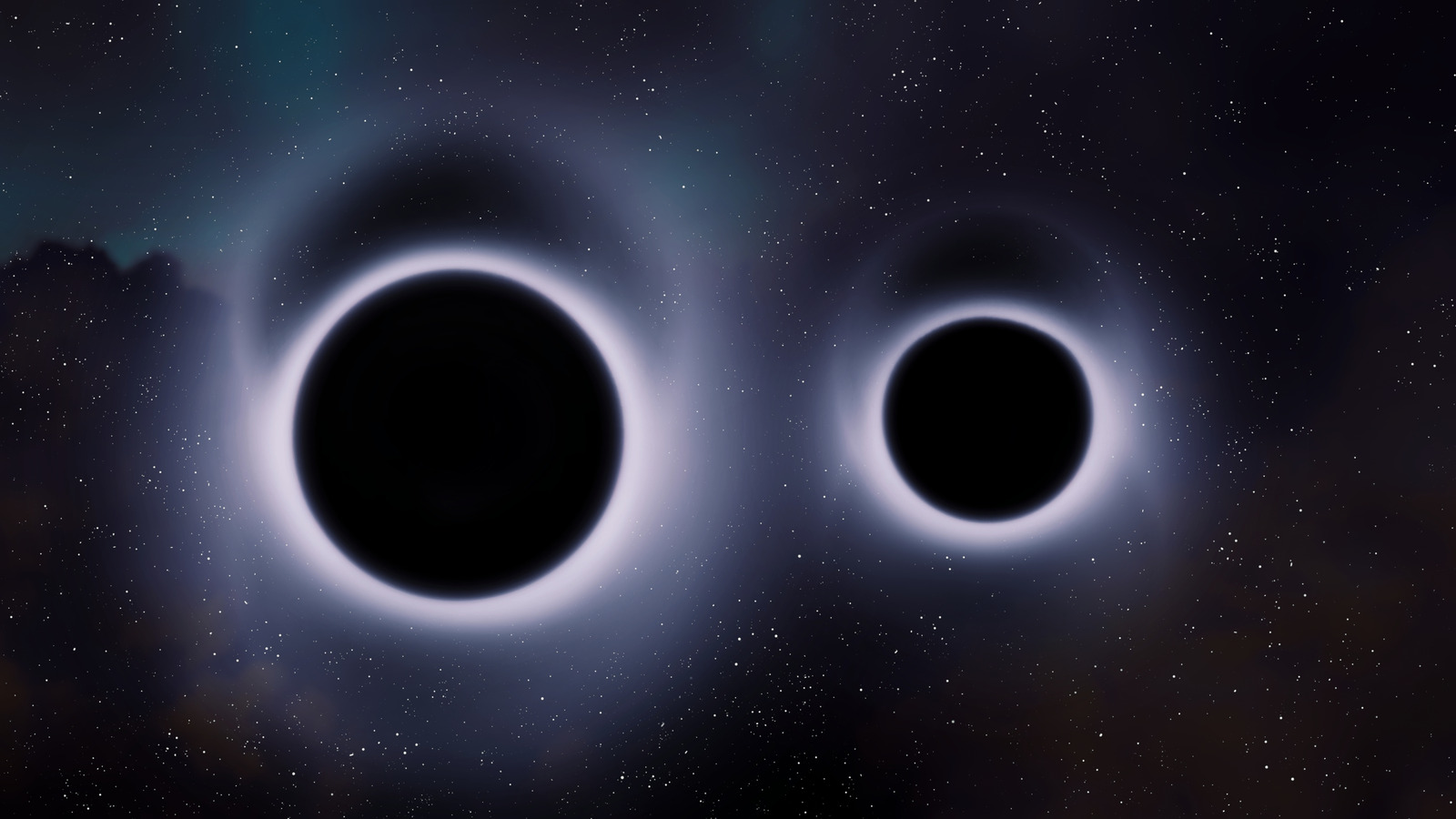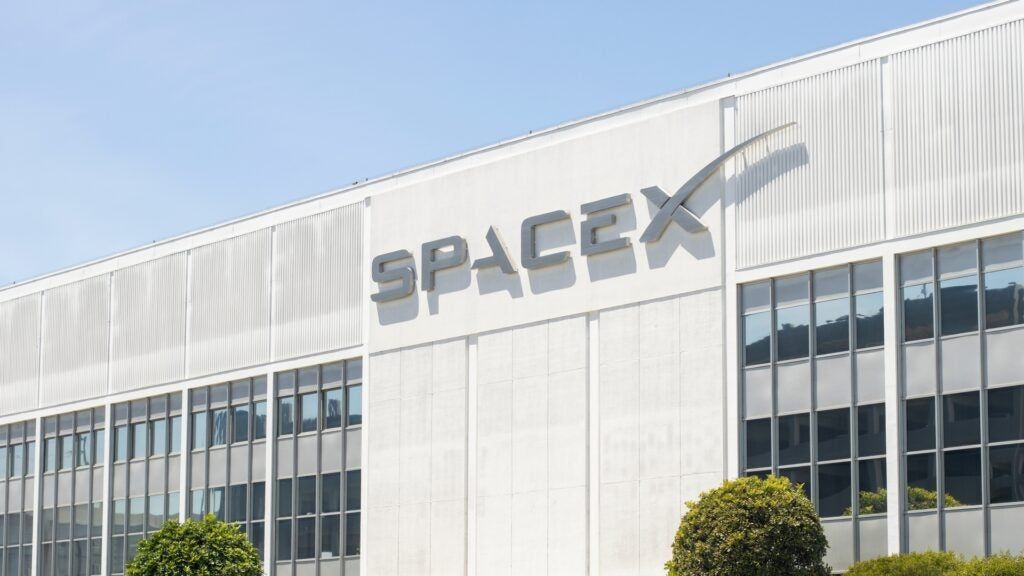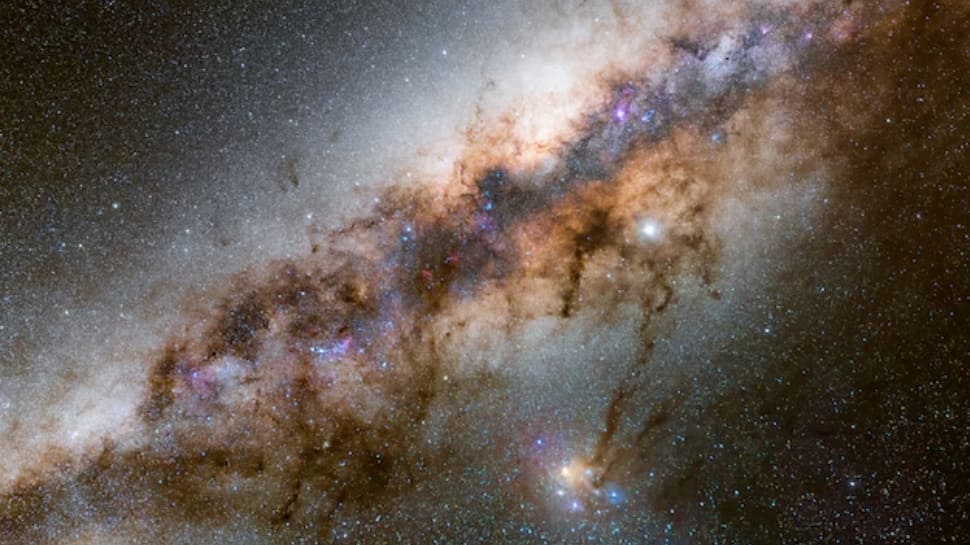Shocking Findings on Titan: Can Life Exist in Extreme Cold? #AINews
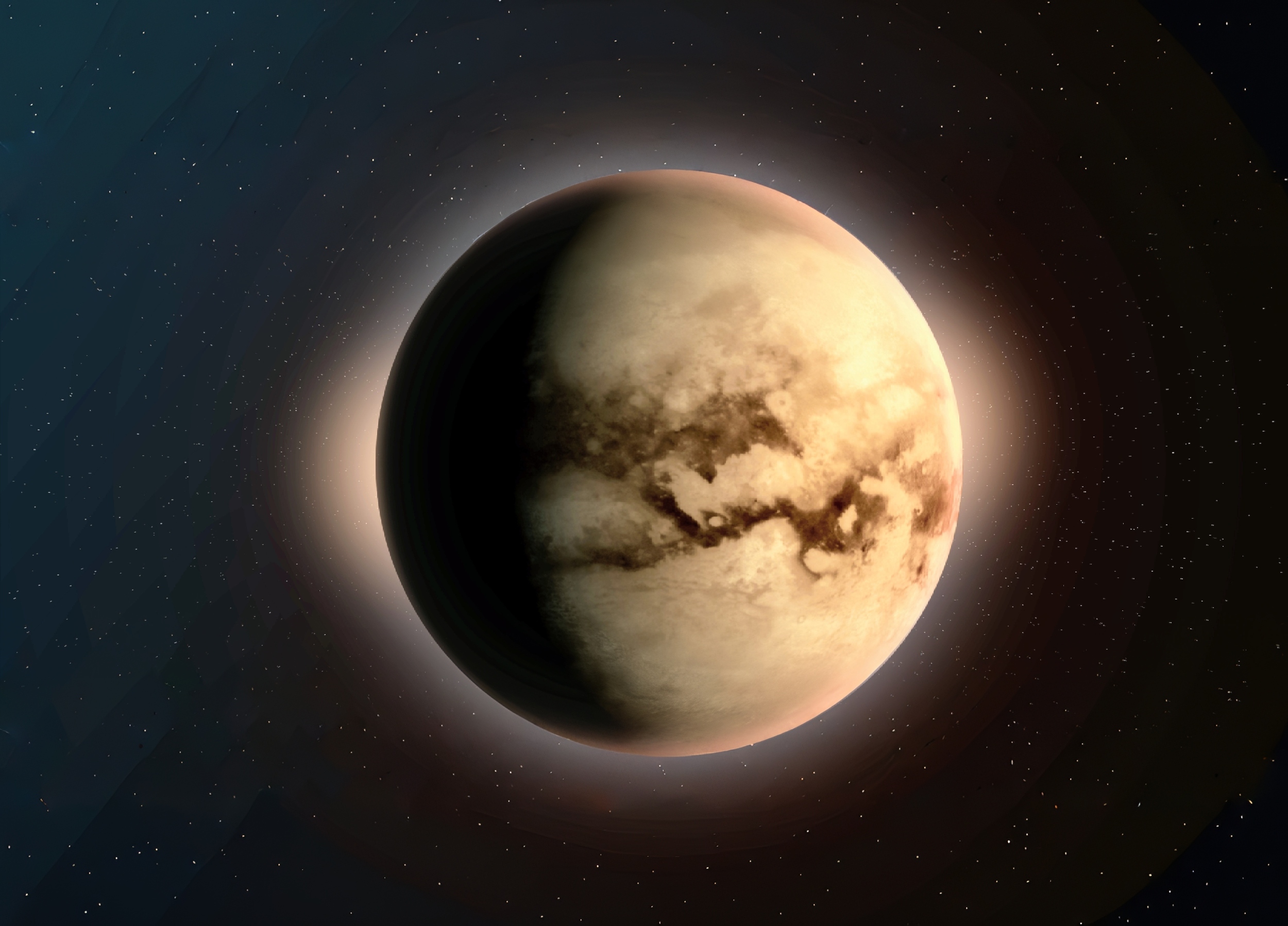
What if the secrets to life didn't just lie on Earth but in the frigid expanse of space? Saturn’s moon Titan has always been shrouded in mystery, with temperatures plummeting to around -290°F. But what's fascinating is its surface, where lakes and rivers of liquid methane and ethane replace the familiar water we're used to. Here, it rains, winds blow, and seasons change all beneath a thick, orange haze of chemicals—yet new discoveries are flipping our understanding upside down.
Welcome to Titan, where some of the most basic rules of chemistry seem to bend and twist like the very landscapes of this icy world. Back on Earth, we learn a simple tenet of chemistry: “like dissolves like.” It means that polar molecules (like water) don’t mix well with nonpolar ones (like oil). This principle is key in everything from washing dishes to designing groundbreaking medications. However, on Titan, where temperatures drop below -298°F, scientists have discovered that this rule might not apply in the same way.
NASA scientists at the Jet Propulsion Laboratory were intrigued by one persistent question: What happens to the hydrogen cyanide that fills Titan’s atmosphere in vast amounts? To crack the code, they began mixing this polar substance with nonpolar methane and ethane under conditions mimicking Titan’s surface. What they found was nothing short of astonishing.
During their experiments, they cooled hydrogen cyanide, solidifying it while methane and ethane remained liquid. Using laser spectroscopy to analyze the molecular interactions, they discovered that these substances formed stable new structures known as co-crystals. This groundbreaking revelation sends ripples through our understanding of chemistry—especially considering that under normal circumstances, these compounds shouldn't mix.
As Martin Rahm from Chalmers University of Technology noted, these findings are monumental. They could alter our perceptions of not just Titan’s geology but also its potential for hosting life. Hydrogen cyanide, although toxic in large amounts, is a precursor to essential components of life, like amino acids and genetic material. The realization that such chemistry could be occurring in the cold, alien conditions of Titan opens up thrilling possibilities about life beyond Earth.
This unexpected interaction between molecules challenges our foundational chemistry rules. While scientists aren’t rushing to rewrite textbooks, Rahm emphasizes that this discovery represents a significant shift in understanding. The similarities observed with NASA’s lab measurements bolster their confidence that this isn’t merely an anomaly.
Looking to the future, NASA is gearing up for the launch of its Dragonfly space probe in 2028, set to land on Titan in 2034. This mission aims to delve deeper into Titan's surface, exploring its enigmatic chemistry, unpredictable weather, and perhaps uncovering the building blocks of life. Meanwhile, the research team at Chalmers continues to investigate the implications of hydrogen cyanide found across the universe, from comets to planetary atmospheres, potentially unveiling what extraterrestrial life could look like.
Titan has transformed from a frozen enigma into one of the solar system's most intriguing laboratories for understanding the wild boundaries of chemistry. Who knows? It might just be the key to answering the age-old question of how life could arise in the most unexpected places.
This incredible study has been detailed in the journal Proceedings of the National Academy of Sciences, marking a significant moment in our exploration of extraterrestrial environments.











